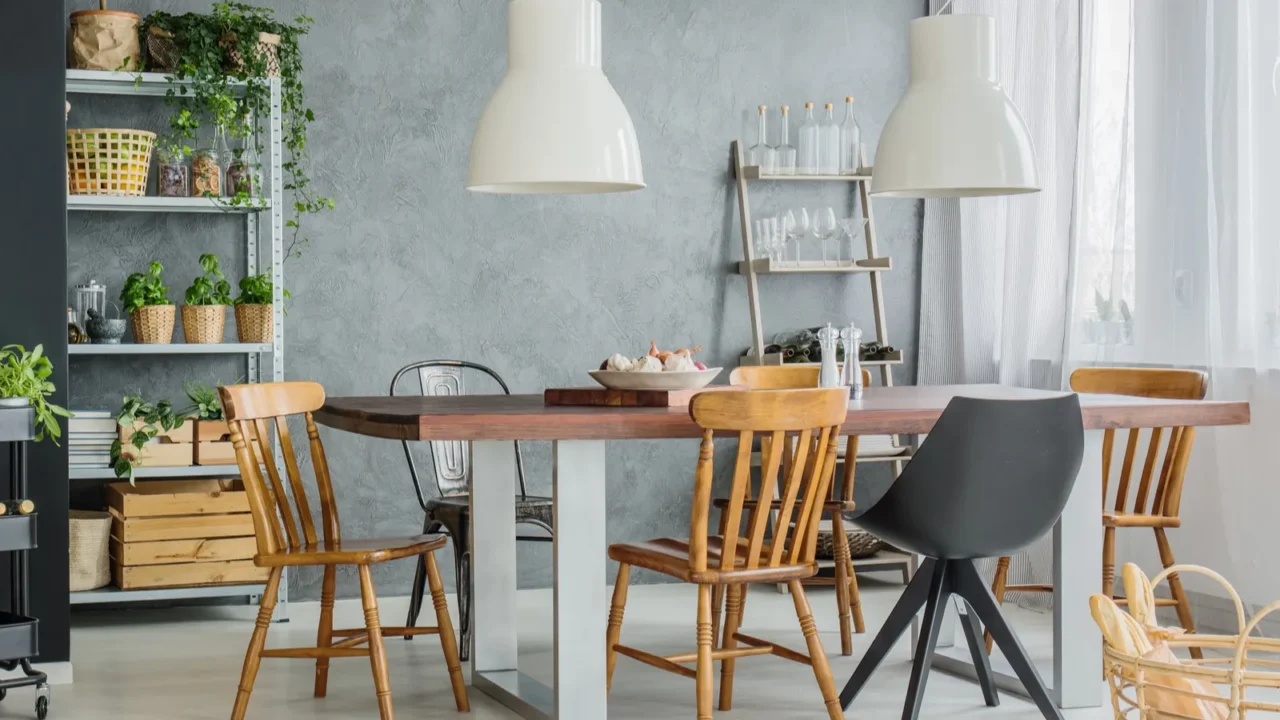
Become Mismatched Furniture Maestro
Ever feel like your furniture came from different planets? Good news, you can make it work! Mismatched furniture isn’t just a trend but it’s an opportunity to show off your style and creativity. The key is making the differences look intentional.
In this slideshow, we’ll share some fun ways to perfect the charm of mismatched furniture. From balancing colors to mixing patterns, these tips will turn your space into an eclectic masterpiece. Ready to dive into the art of mixing and matching? Let’s go!
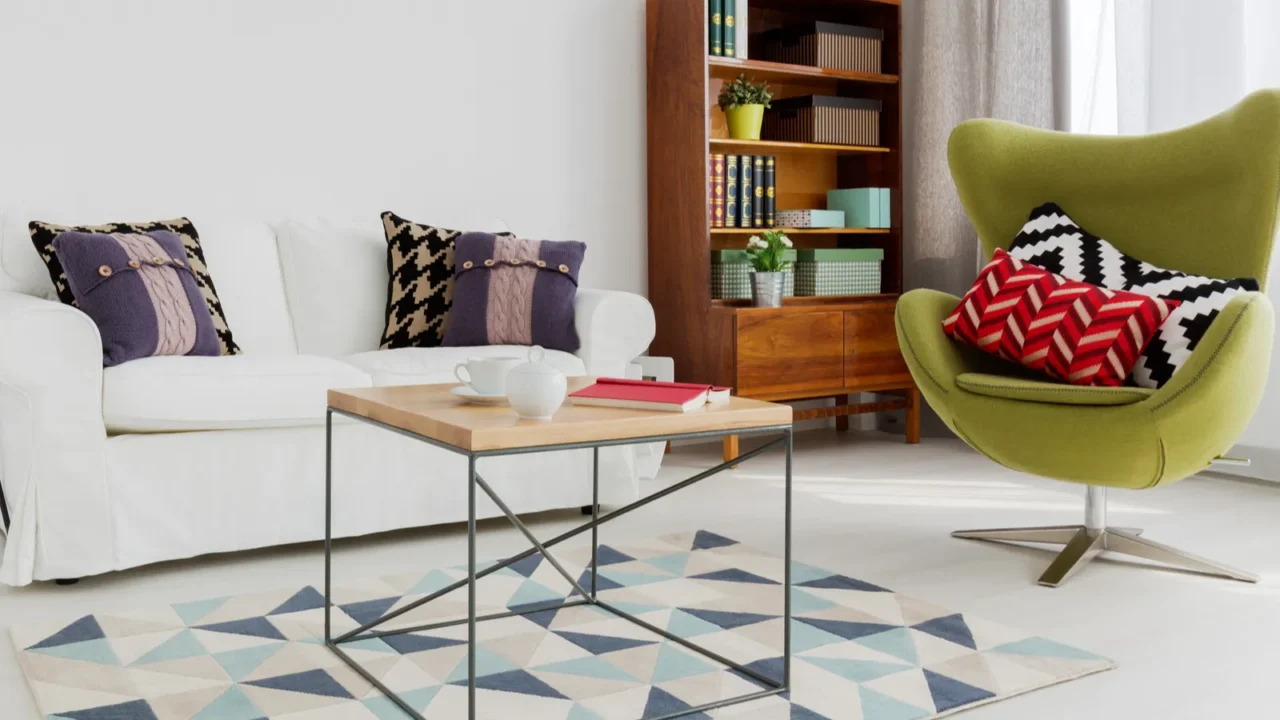
Start with a Neutral Base
Think of your room as a blank canvas. Neutral walls and floors are the perfect backdrop for mismatched furniture, giving your space a clean, cohesive look. Shades like white, gray, or beige let your unique pieces shine without clashing.
Neutral tones help balance the visual chaos mismatched furniture can create. Plus, they make it easy to add pops of color through rugs, pillows, or artwork. With a solid base, your mix-and-match style will feel polished and intentional.
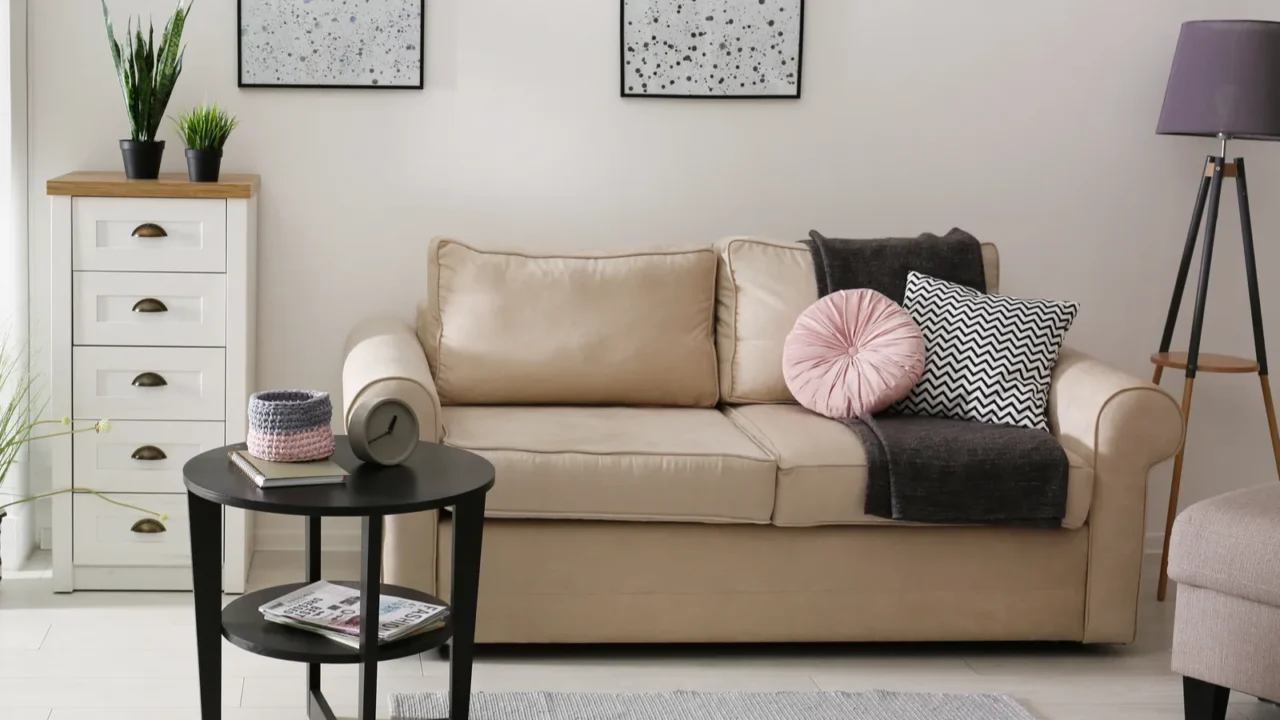
Find a Common Theme
Mismatched doesn’t mean random, find a unifying element. Maybe it’s a color palette, a material, or even a design era. For example, if most of your pieces have wood accents, stick with that vibe across your space.
A shared element creates harmony, even when styles differ. It’s like the glue that holds the look together. Once you identify a theme, it’s easier to mix old and new pieces without the room feeling chaotic.
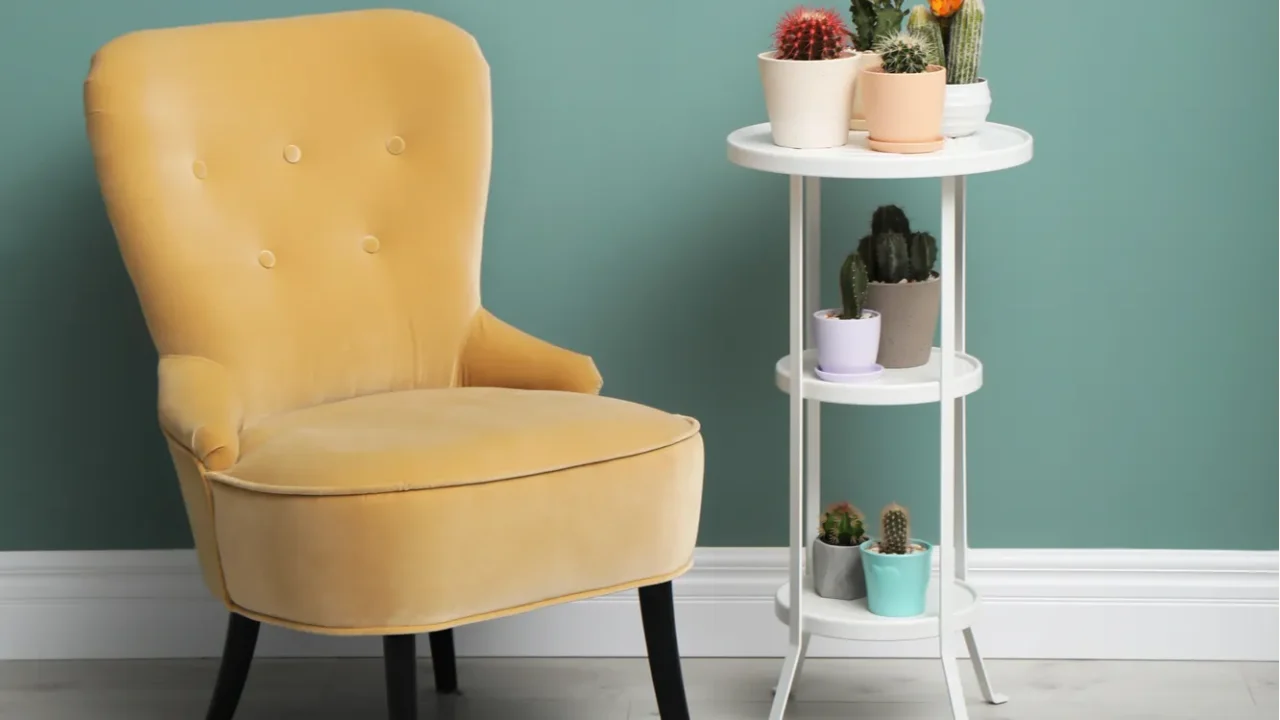
Balance Big and Small
Mismatched furniture shines when the proportions are right. A bulky sofa pairs beautifully with sleek chairs, and a petite side table complements a large armchair. It’s all about creating visual balance.
Think of your furniture like a seesaw, each side should feel equal. If one piece is heavy, lighten the other side with something airy. This balance ensures your room feels thoughtfully arranged, not overcrowded or uneven.
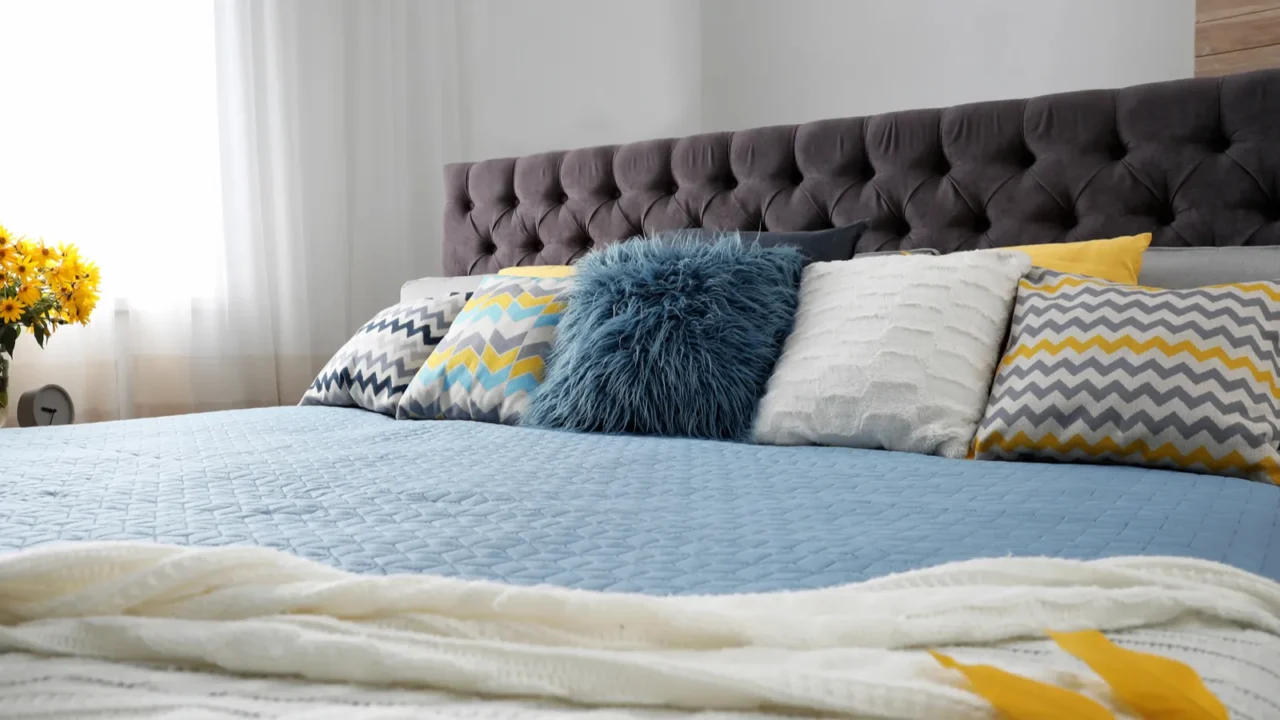
Play with Patterns
Don’t shy away from patterns. Stripes, florals, and geometric prints can all work together if done right. The trick is to stick to a consistent color scheme and vary the scale of the patterns.
For example, pair a bold floral armchair with subtle striped pillows on your sofa. This layering adds depth and fun to your space without overwhelming the eye. Patterns make mismatched furniture feel deliberate and stylish.

Let Texture Do the Talking
Textures are a secret weapon for mismatched furniture. Mix soft fabrics like velvet with hard materials like metal or glass to create a tactile and visually interesting space.
For instance, a leather sofa next to a wooden coffee table with a woven throw is a winning combo. Texture makes your space feel rich and layered, even when the pieces don’t match perfectly.
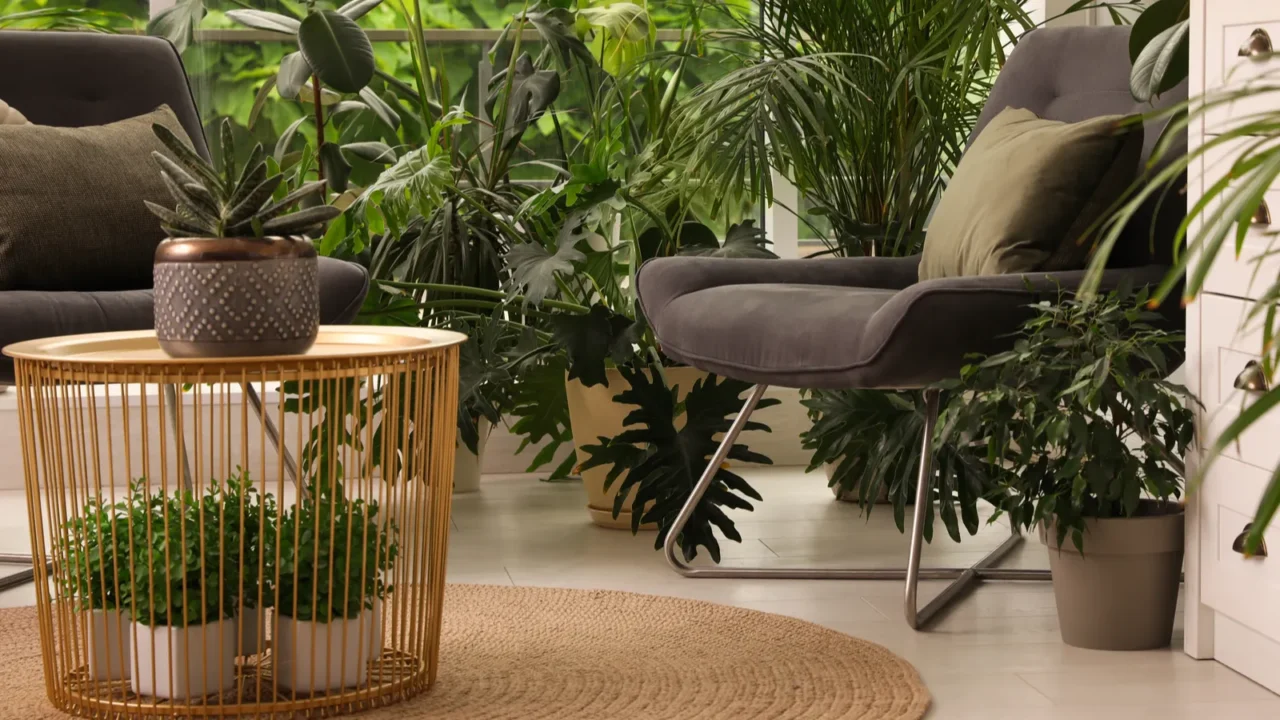
Bold Piece as a Statement
A bold, eye-catching piece can bring your room together. Whether it’s a brightly colored chair or a unique coffee table, a statement piece sets the tone for the space.
Use this item as a focal point and let the rest of the furniture play supporting roles. It draws attention and creates a sense of purpose for your mix-and-match design.
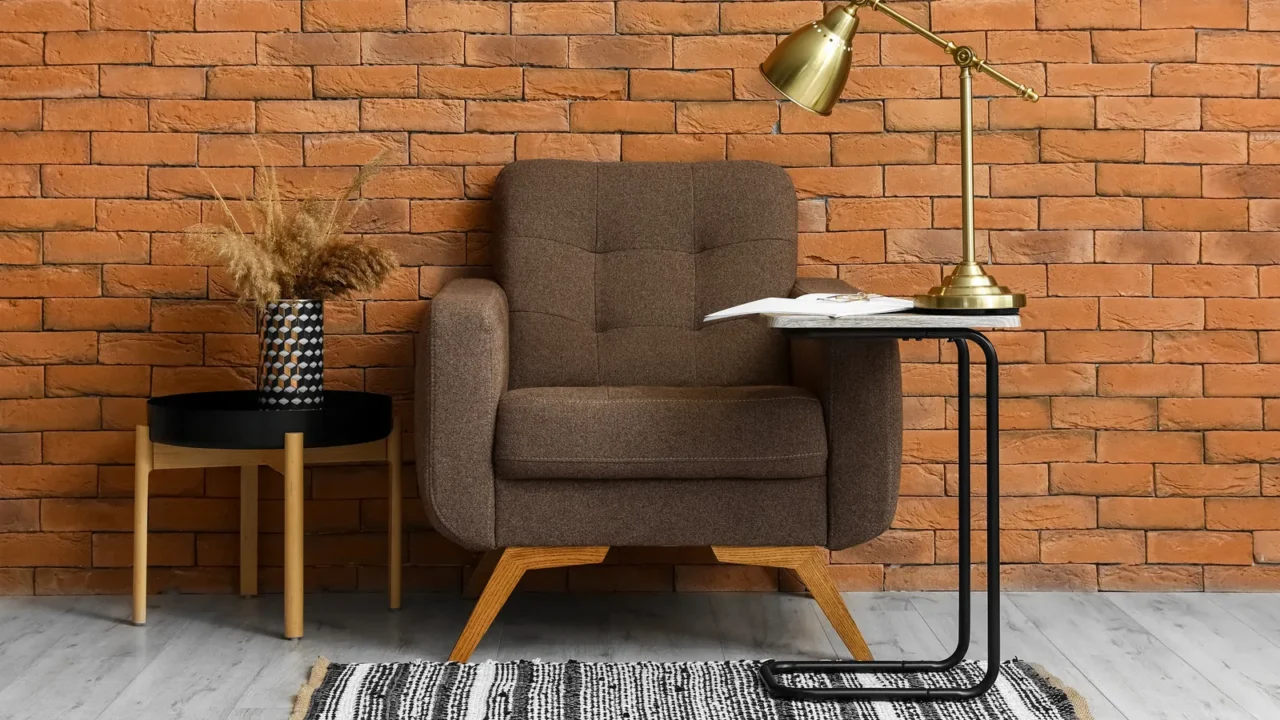
Embrace Asymmetry
Who said everything needs to match or be perfectly aligned? Asymmetry can make your space feel dynamic and relaxed. Pair two different chairs on either side of a sofa, or mix table heights in a seating area.
This approach keeps your room feeling fresh and lived-in. It’s not about perfection, it’s about creating interest and personality.
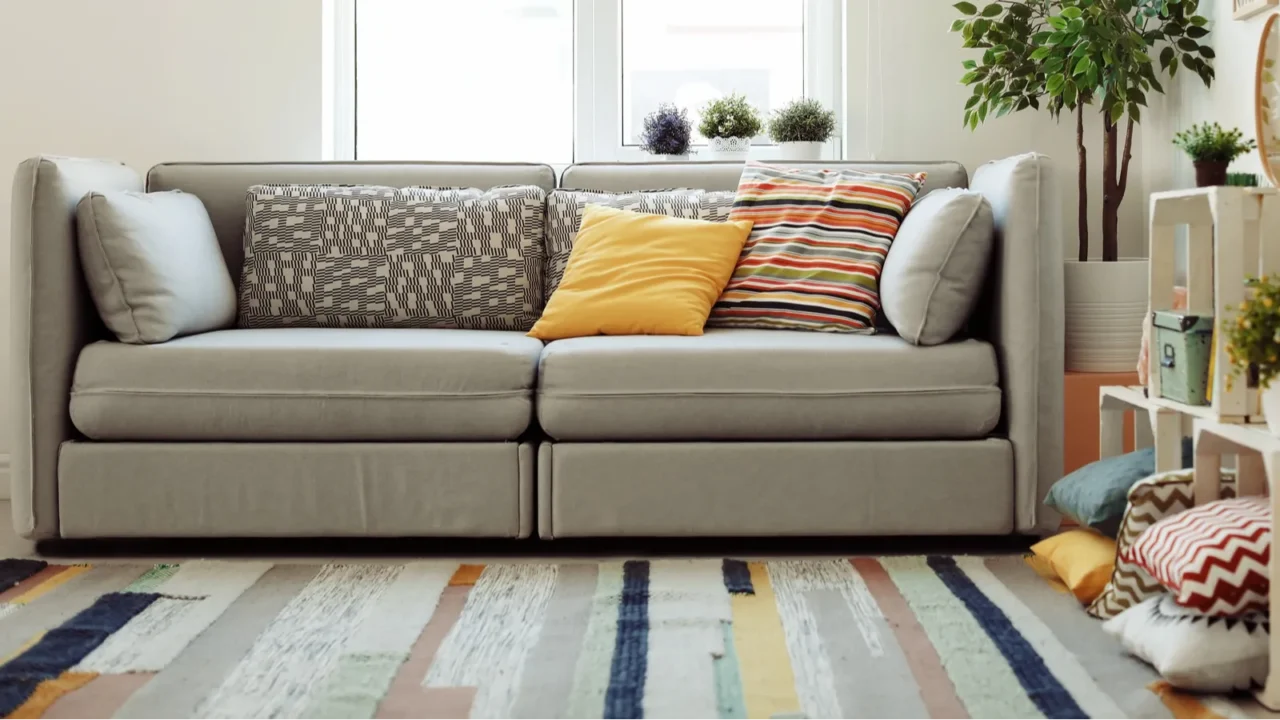
Use Rugs to Anchor the Look
A well-chosen area rug can pull a mismatched room together. Go for a design that complements your color scheme or features a pattern that ties in with your furniture.
The rug acts like a grounding element, unifying different styles and adding coziness to the space. It’s an easy way to make your mix of furniture feel more intentional.
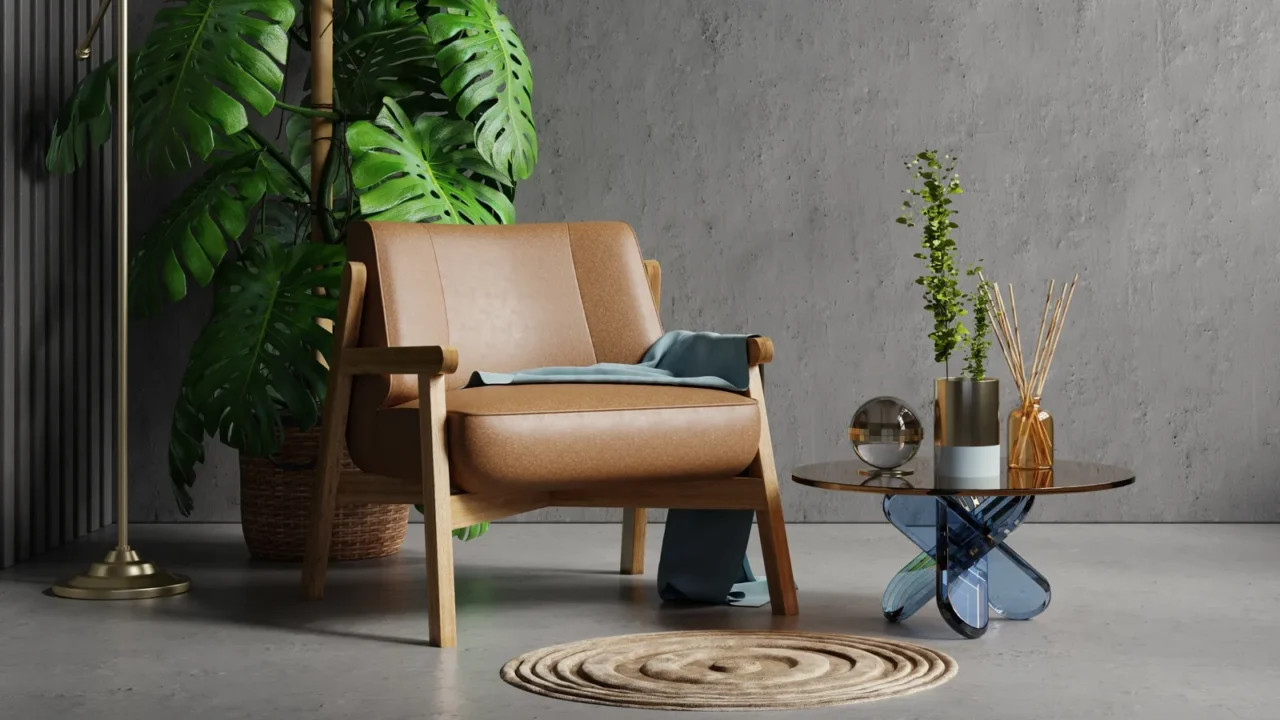
Mix Modern with Vintage
Don’t limit yourself to one era. Pairing a mid-century modern chair with a rustic farmhouse table or vice versa creates a stylish contrast that feels curated. The key is balance.
Let one style dominate while the other adds character. For example, use modern lighting to complement a vintage-heavy room. This mix adds depth and keeps your space from feeling stuck in one theme.
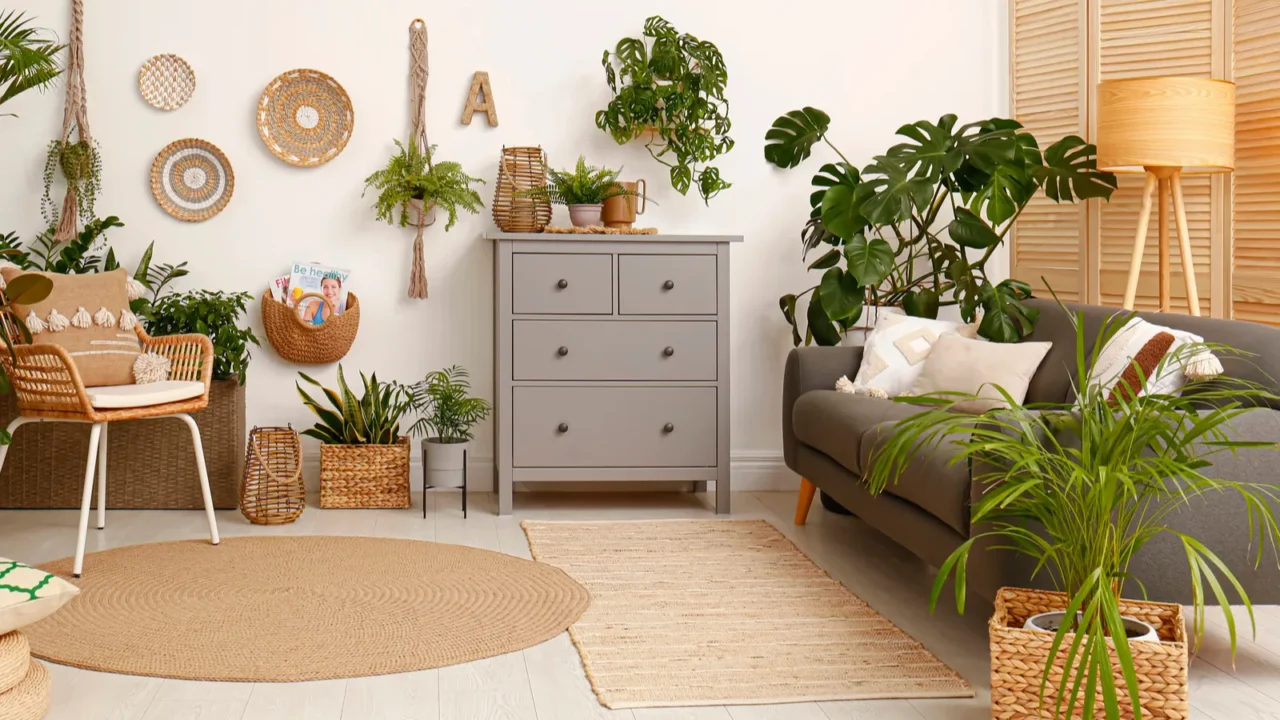
Color Coordination Is Key
Colors are the glue that binds mismatched furniture. Pick a palette of 2-3 main colors and repeat them across your furniture and accessories. This creates cohesion without sacrificing variety.
For example, a navy sofa with mustard and white accents can pair beautifully with chairs or tables that feature those same tones. Repeating colors keeps your room looking polished, even with different styles.
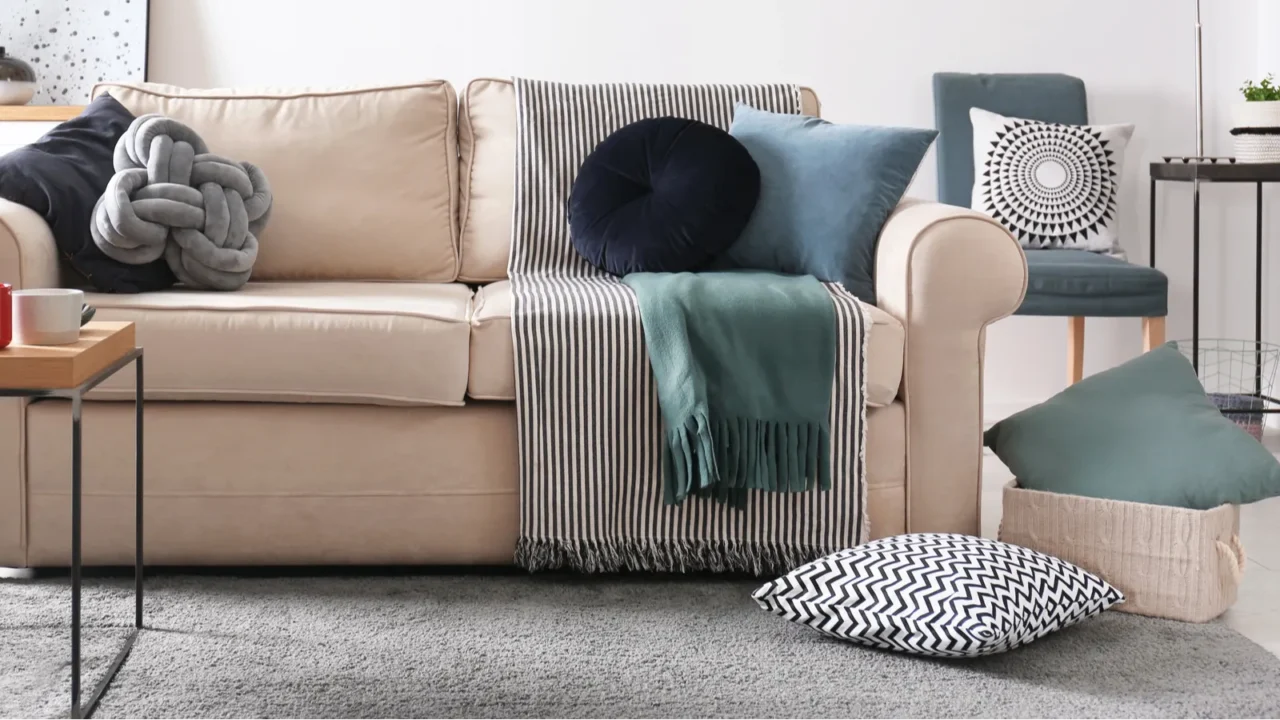
Layer with Accessories
Pillows, throws, and art are your best friends when it comes to mismatched furniture. Use them to introduce recurring colors or textures that tie the space together.
A patterned throw on a chair can echo the tones of a nearby rug, creating subtle connections. Accessories are an easy way to bridge the gaps between different styles while adding personality.

Add Personal Touches
Your furniture should tell a story. Incorporate personal items like family heirlooms, travel finds, or DIY projects to make your space uniquely yours. These little touches create character and make mismatched furniture feel intentional rather than random.
For example, pair an old wooden chair inherited from your grandmother with a modern glass table. Add a framed photo or a handwoven throw to tie it all together. These meaningful accents add charm and make your room truly one of a kind.
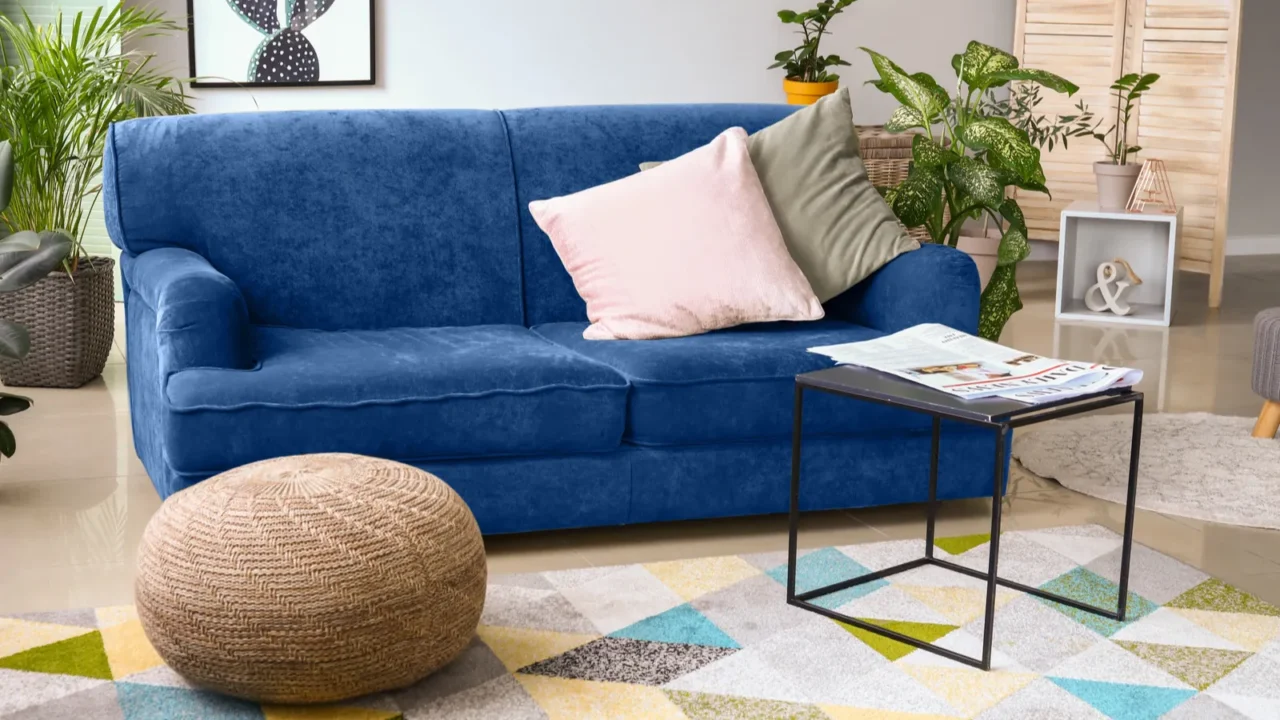
Don’t Be Afraid of Experimenting
Mixing furniture styles is all about trial and error. Don’t be afraid to move pieces around, swap accessories, or try bold combinations. It’s your space, make it fun and reflective of your personality.
Start small by mixing a couple of styles, like pairing a modern coffee table with a vintage armchair. Over time, you’ll discover what works and build a space that feels cohesive and uniquely you. Remember, the best part of mismatched furniture is the freedom to experiment.
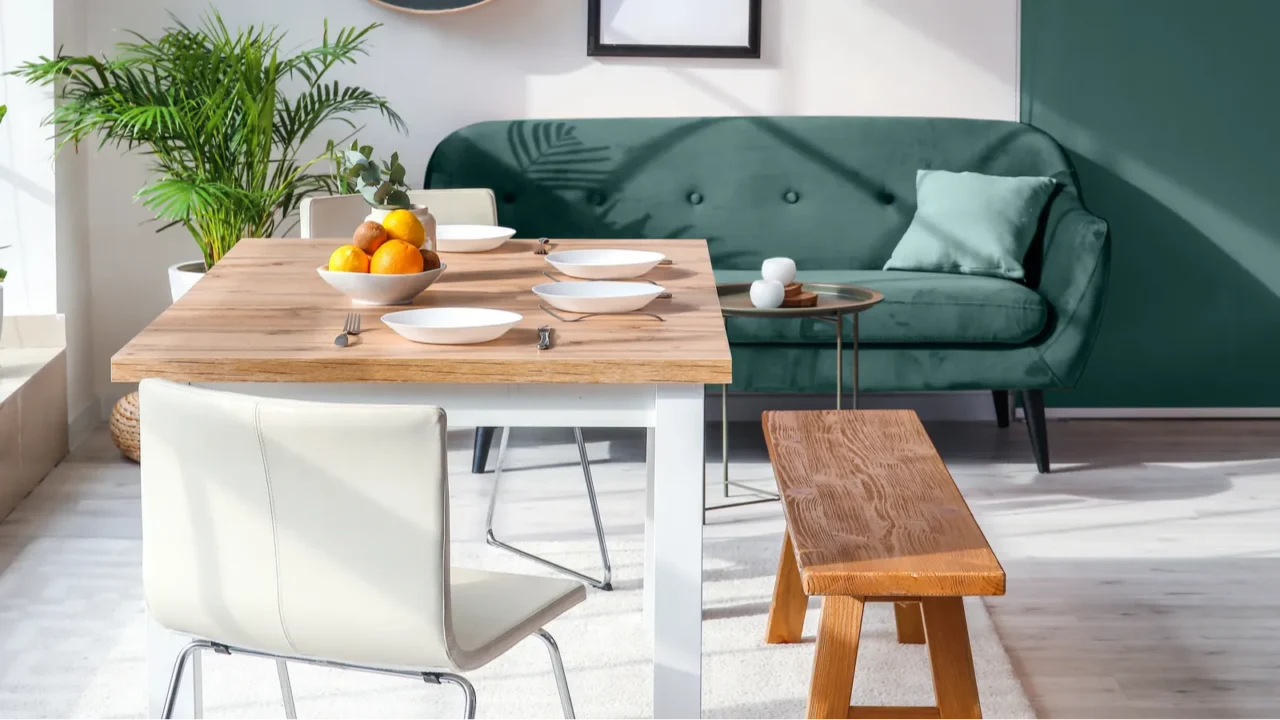
Repurpose and Upcycle
Old furniture deserves a second chance. Repurpose mismatched items by painting them in coordinating colors or reupholstering them in similar fabrics. This creates a harmonious look without losing the charm of each piece.
For example, an old wooden bench can become a vibrant accent when painted in the same hue as your dining chairs. Upcycling isn’t just budget-friendly, it’s also a creative way to personalize your space while keeping mismatched furniture cohesive.
Looking for some more upcycling inspiration? Explore these “15 Creative Ways to Repurpose Fabric for Decor.”
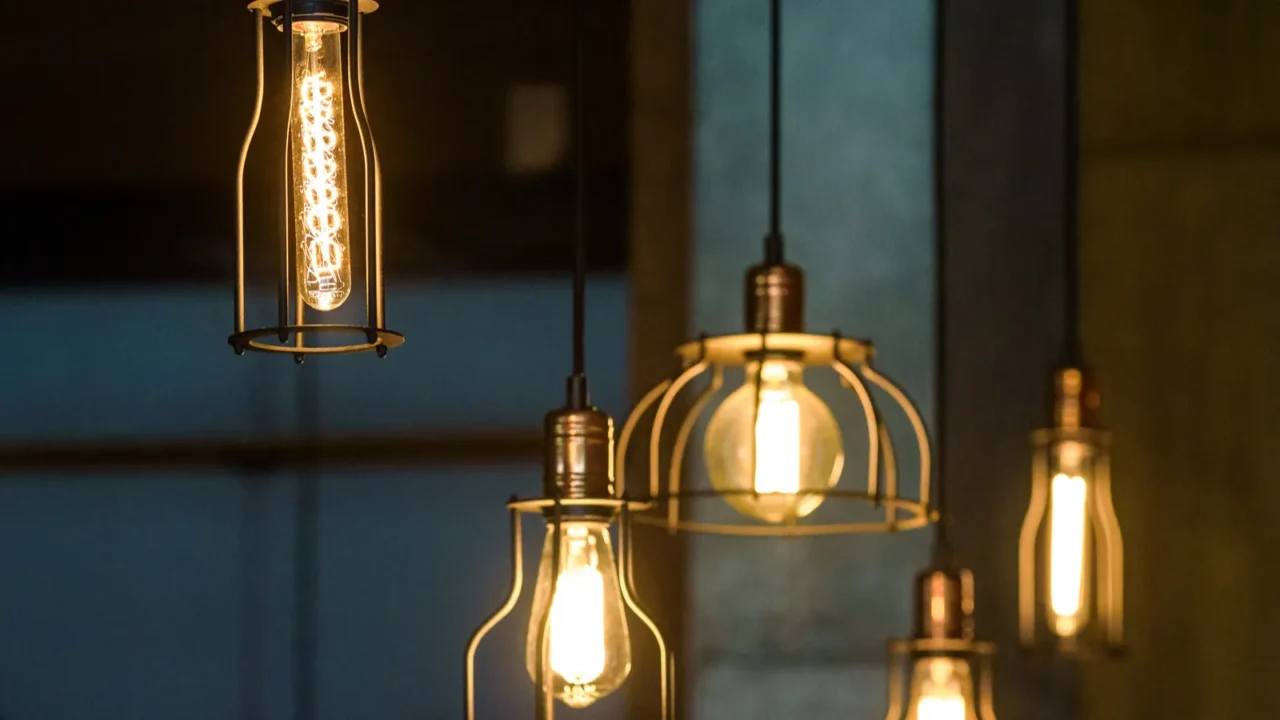
Play with Lighting
Lighting can make or break a mismatched space. Use pendant lights, floor lamps, or table lamps to highlight your favorite pieces and bring the room together.
For example, an industrial-style pendant can add modern flair to a vintage-heavy room. The right lighting not only sets the mood but also adds a unifying layer.
Are you not sure if you can pull this off? Don’t worry and steer clear of “15 Lighting Mistakes That Dull Your Decor’s Style” and achieve a stunning look.